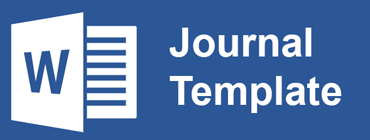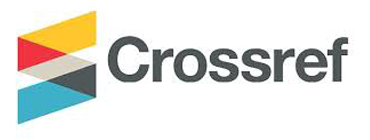Focus and Scope
This journal provides a platform for researchers and practitioners to share their findings, insights, and developments across a broad spectrum of disciplines in Islamic Science and Technology. The scope of the journal includes, but is not limited to, the following areas:
- Geographical Information System
- Enterpise Application
- Bussiness Intelligence
- Data Warehouse
- Data Mining
- Computer Architecture Design
- Mobile Computing
- Computing Theory
- Embedded system
- Decision Support System
- Digital library
- Fuzzy Systems and its Applications
- Geometry Theories and its Applications
- Graph Theories and its Applications
- Real Analysis and its Applications
- Operation Research and its Applications
- Statistical Theories and its Applications
- Dinamical Systems and its Applications
- Mathematics Modeling and its Applications
- Discrete Mathematics and its Applications
- Computer Mathematics and its Applications
- Mathematics Actuaria and its Applications
- Mathematic financial
- General Science
- Theoretical Physics Study.
- Geophysics.
- Materials Physics.
- Radiation Physics.
- Instrumentation Physics.
Section Policies
Articles
Open Access Policy
Jurnal ini menyediakan akses terbuka langsung terhadap seluruh kontennya, dengan prinsip bahwa ketersediaan hasil penelitian secara bebas bagi publik akan mendukung pertukaran pengetahuan global yang lebih luas.









